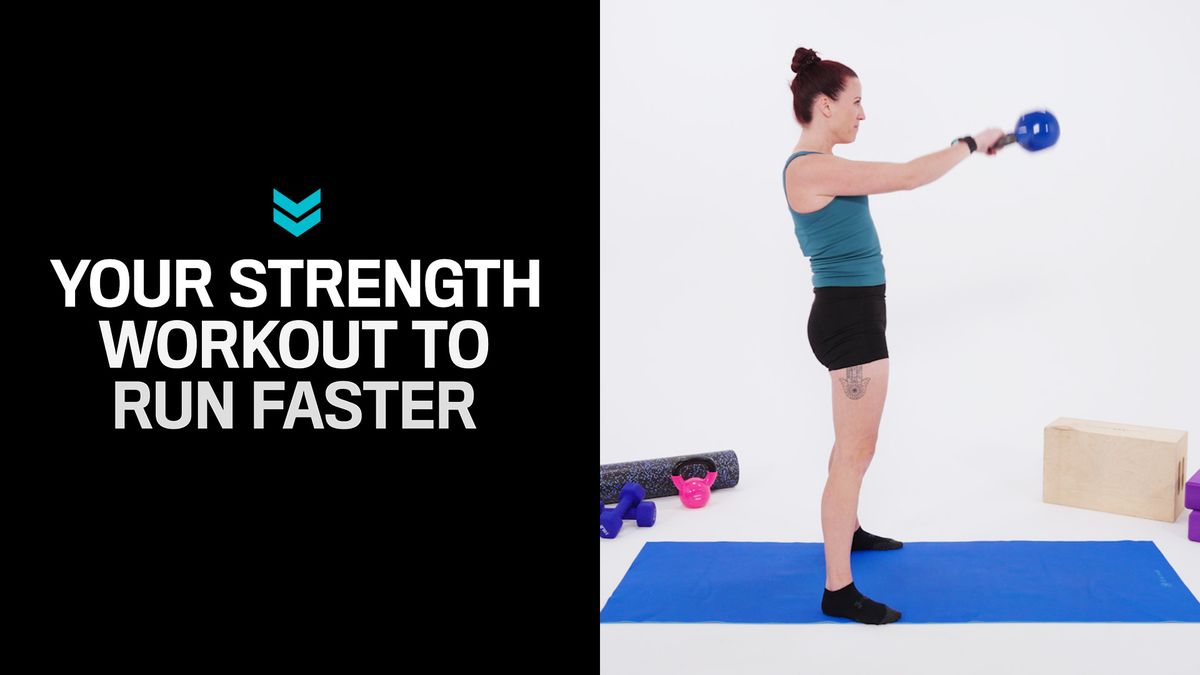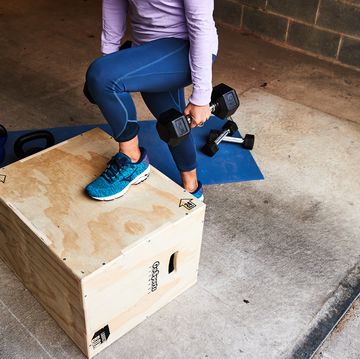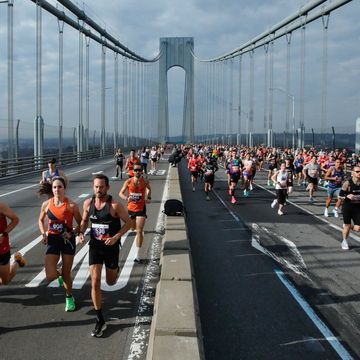Even if your only marathon or other race goal is to “just finish,” knowing your run pace is helpful for both training and races. First, some races have time limits, as well as proof of time requirements. Second, if you want to increase your pace and reach a certain time goal, such as breaking four hours in a marathon or or other race goal is to just, you’ll need to learn how to push your pace when you train. Marathon and other distance pace charts can help you accomplish any time-based race goal.
Marathon Pace Chart as Training Tool
Of course, most of your running is training, not racing, and the pace chart can also help you with that. To determine your workout pace, you typically want to add anywhere between 30 seconds to as much as two minutes per mile to your goal race pace, run coach Susan Paul tells Runner’s World.
That’s because running more easy miles when your train will support your faster miles when you race. How much you choose to slow down Best Workouts to Set Race Day Goals.
Of course, you won’t hit the perfect pace for every training run or even for every race or race segment. Your training paces will vary based on things like the weather conditions, hilliness, or the terrain you are running. Plus, other factors like poor sleep or stress is up to you, but remember that the longer the run, the slower your pace.
So use the following marathon pace charts as a reference point for where you want to be with your average running pace, and adjust from there.
If you want to take the guesswork out of all your training paces—including tempos, intervals, and long runs—Running Shoes & Gear Your 16-Week Marathon Strength Training Plan to see how fast you should clock every type of run.
1. Look For Your Average Mile or Kilometer Speed
First, choose which measure of pace—mile or kilometer—you prefer. Then, select the page devoted to the pace range that most closely matches your typical times. Each pace chart show what time a given average pace will produce for six common race distances: 5K, 5 miles, 10K, 10 miles, half marathon, and marathon. Charts are available for pace per mile, from 5:00 per mile to 15:59 per mile, and pace per kilometer, from 3:00 per kilometer to 12:59 per kilometer.
Minutes per mile
- 5:00 - 5:59 pace
- 6:00 - 6:59 pace
- 7:00 - 7:59 pace
- 8:00 - 8:59 pace
- 9:00 - 9:59 pace
- 10:00 - 10:59 pace
- 11:00 - 11:59 pace
- 12:00 - 12:59 pace
- 13:00 - 13:59 pace
- 14:00 - 14:59 pace
- 15:00 - 15:59 pace
Minutes per kilometer
- 3:00 - 3:59 pace
- 4:00 - 4:59 pace
- 5:00 - 5:59 pace
- 6:00 - 6:59 pace
- 7:00 - 7:59 pace
- 8:00 - 8:59 pace
- 9:00 - 9:59 pace
- 10:00 - 10:59 pace
- 11:00 - 11:59 pace
- 12:00 - 12:59 pace
Provided courtesy of the Cal Coast Track Club. All running pace charts are copyrighted and may not be altered, copied, or used on another web site without permission.
How to Use Pace Chart Information
Training Tweaks That Will Get You to a BQ.
- So you can easily determine your pace per mile and/or pace per kilometer from a race or recent training run.
- To see what pace you’ll need to average to hit a specific goal time. For example, if you’re targeting a sub-1:50 half marathon, you can easily see that you’ll need to average a 8:23 per mile or faster. Knowing that pace, you can then structure your training accordingly.













